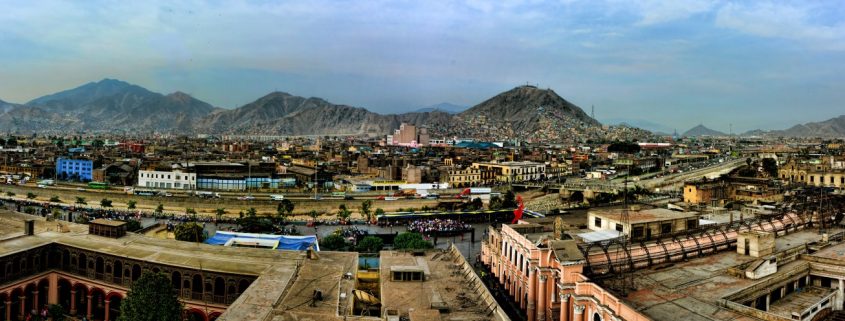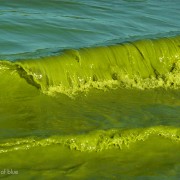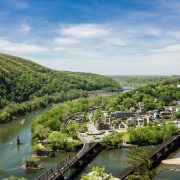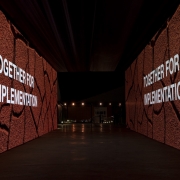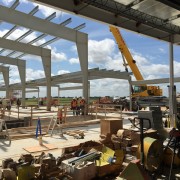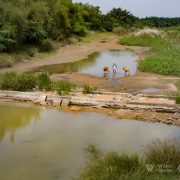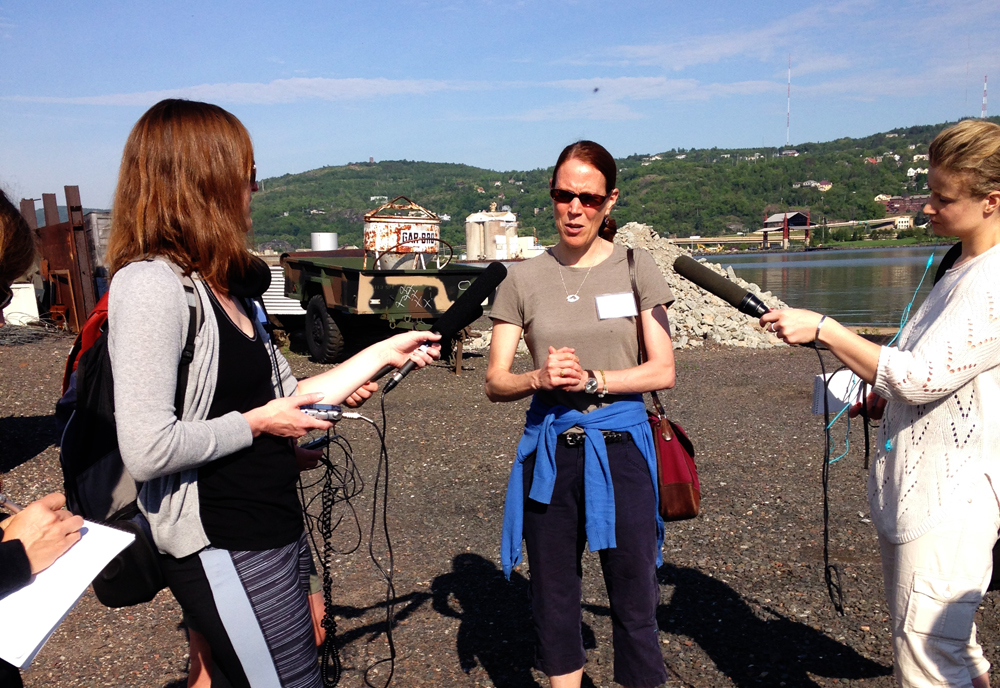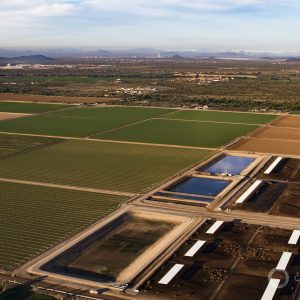Heavy Rains Unleash Mudslides, Destruction in Peru
A “coastal El Nino” jeopardizes lives and infrastructure.

Torrential rains and mudslides over the weekend disrupted water treatment plants in Lima, Peru, shown here in February. Photo by Mariano Mantel via Flickr Creative Commons.
The Rundown
A barrage of deadly “huaicos,” a term used to describe massive mudslides, swept away bridges, highways, and homes across Peru last week. Rivers of mud also strained water treatment systems in Lima, the capital, and prompted emergency declarations covering nearly half the country. The havoc can be traced to unseasonably warm ocean temperatures off the Peruvian coast that generate intense rainstorms. Officials say Peru has received 10 times the normal amount of precipitation this rainy season, and scientists predict the “coastal El Nino” phenomenon could last through April.
“We’ve never seen anything like this before. From one moment to the next, sea temperatures rose and winds that keep precipitation from reaching land subsided.” — Jorge Chavez, a general involved with Peru’s emergency response, commenting on the localized warming of ocean waters — called a “coastal El Nino” — that triggered devastating storms across Peru last week. The abnormal ocean conditions and associated rain could persist through April, according to meteorologists.
By The Numbers
627,048 People who have been affected by floods and landslides during Peru’s rainy season. The death toll stands at 75 people, with an additional 263 injured and 20 missing.
159 Bridges that collapsed under an onslaught of heavy rain and mud. As of Monday, the government also reported the following infrastructure was destroyed: 10,642 homes, 25 schools, eight health centers, 1,909 kilometers of highway, and 614 kilometers of irrigation canals.
35 Mudslides that fell into the Rímac River, creating high levels of turbidity that forced Lima’s water utility, SEDAPAL, to periodically restrict water supplies to the capital. As of Sunday, SEDAPAL was working to restore service to city districts served by the Atarjea Treatment Plant and was providing free water at distribution points.
$1.35 billion Amount Peru added to its 2017 budget, a 3 percent increase, to address flood damage and provide emergency response.
Science, Studies, And Reports
Sea surface temperatures off Peru’s northern coast have risen five to six degrees above normal, a shift that drives strong storms and inland floods, according to meteorologists. Coastal El Nino events have happened before, but the intensity of recent floods raised questions about Peru’s future under a changing climate.
On The Radar
Recent announcements by the federal government and the city of Lima emphasize the role of infrastructure — both traditional and “green” — to improve water services and guard against the effects of climate change.
In a speech at Princeton University in February, President Pedro Pablo Kuczynski expressed his desire to create a “social revolution” by improving public water, education, and health services. In the past month alone, the government set aside nearly $1 billion to fund water and sewage projects.
Lima, meanwhile, is in the midst of developing its first Green Infrastructure Master Plan to help prevent floods and water shortages by restoring upstream forests and wetlands to capture more water. The city is dedicating 1 percent of its water fees to fund the effort.
Resources And Further Reading
Abnormal El Nino in Peru Unleashes Deadly Downpours; More Flooding Seen (Reuters)
Peru: Over 600,000 Affected By Natural Disaster (Andina)
Sedapal: Agua Volvió a Lima Luego de 3 Días de Corte por Huaicos (Peru.com)
Peru Lifts 2017 Budget to Deal With Extreme Flooding (Reuters)
Peru Floods Kill 67 and Spark Criticism of Country’s Climate Change Preparedness (Guardian)
Lima’s Master Plan For Green Infrastructure (GreenBiz)
A news correspondent for Circle of Blue based out of Hawaii. She writes The Stream, Circle of Blue’s daily digest of international water news trends. Her interests include food security, ecology and the Great Lakes.
Contact Codi Kozacek

